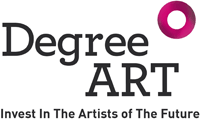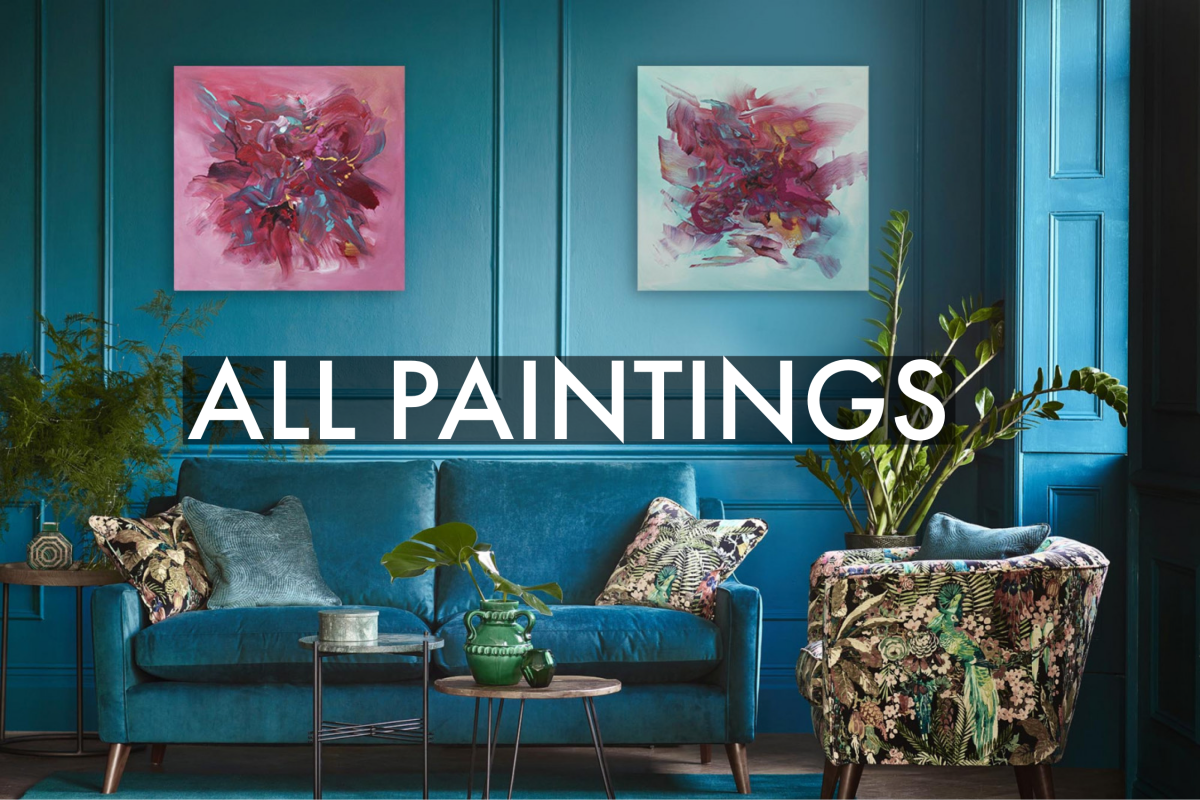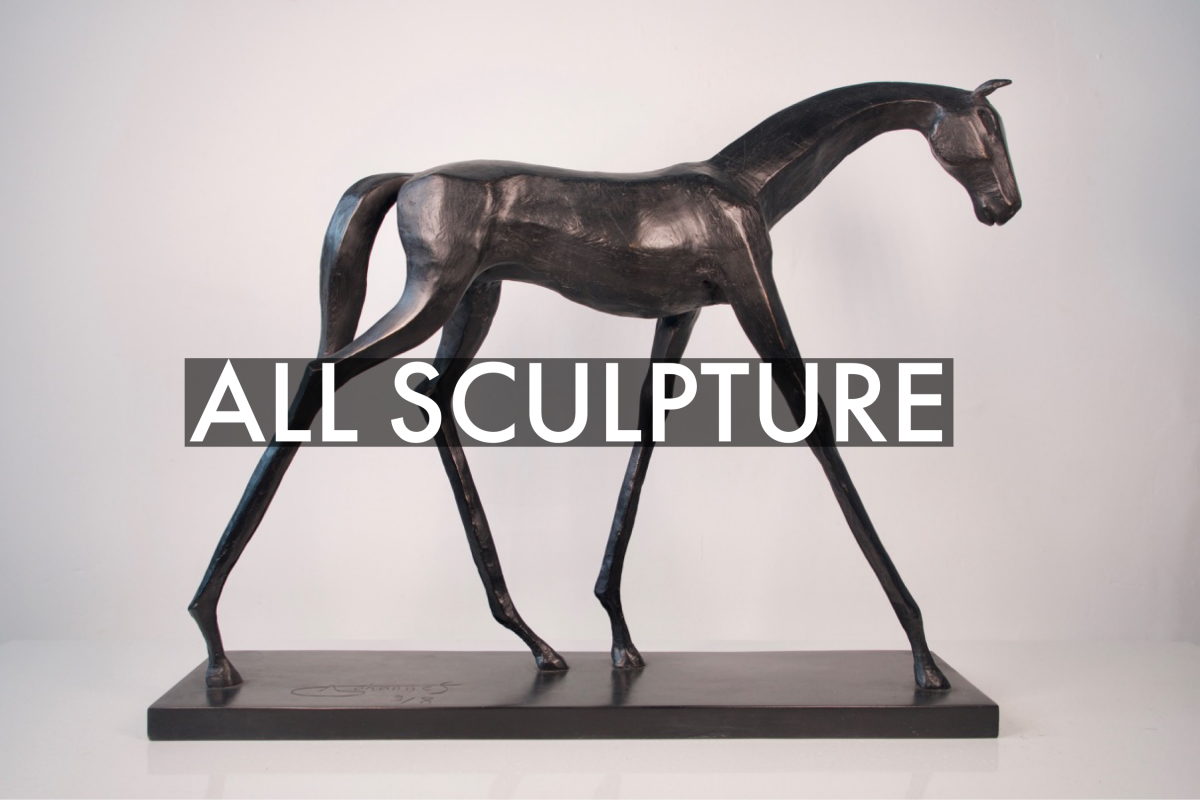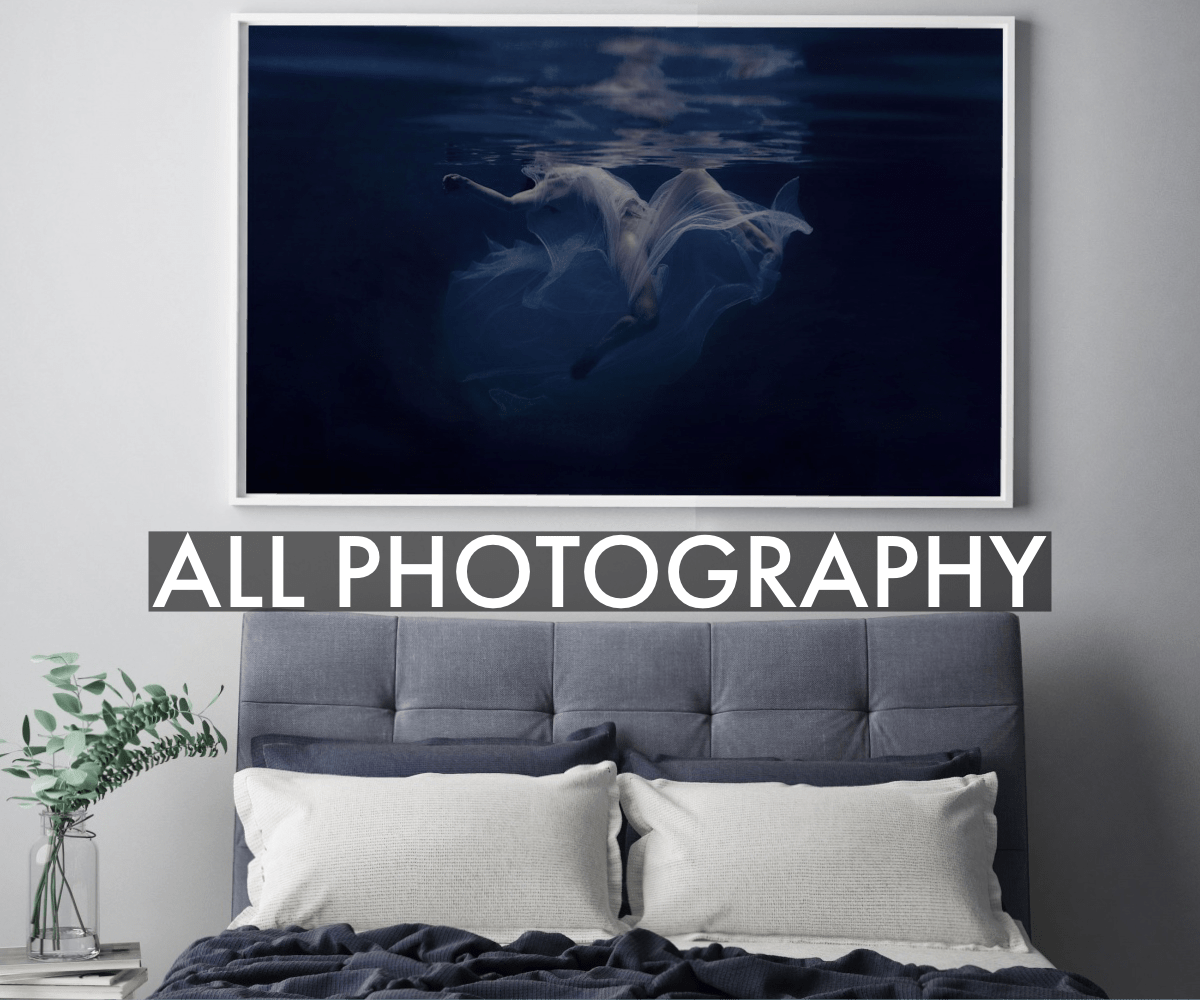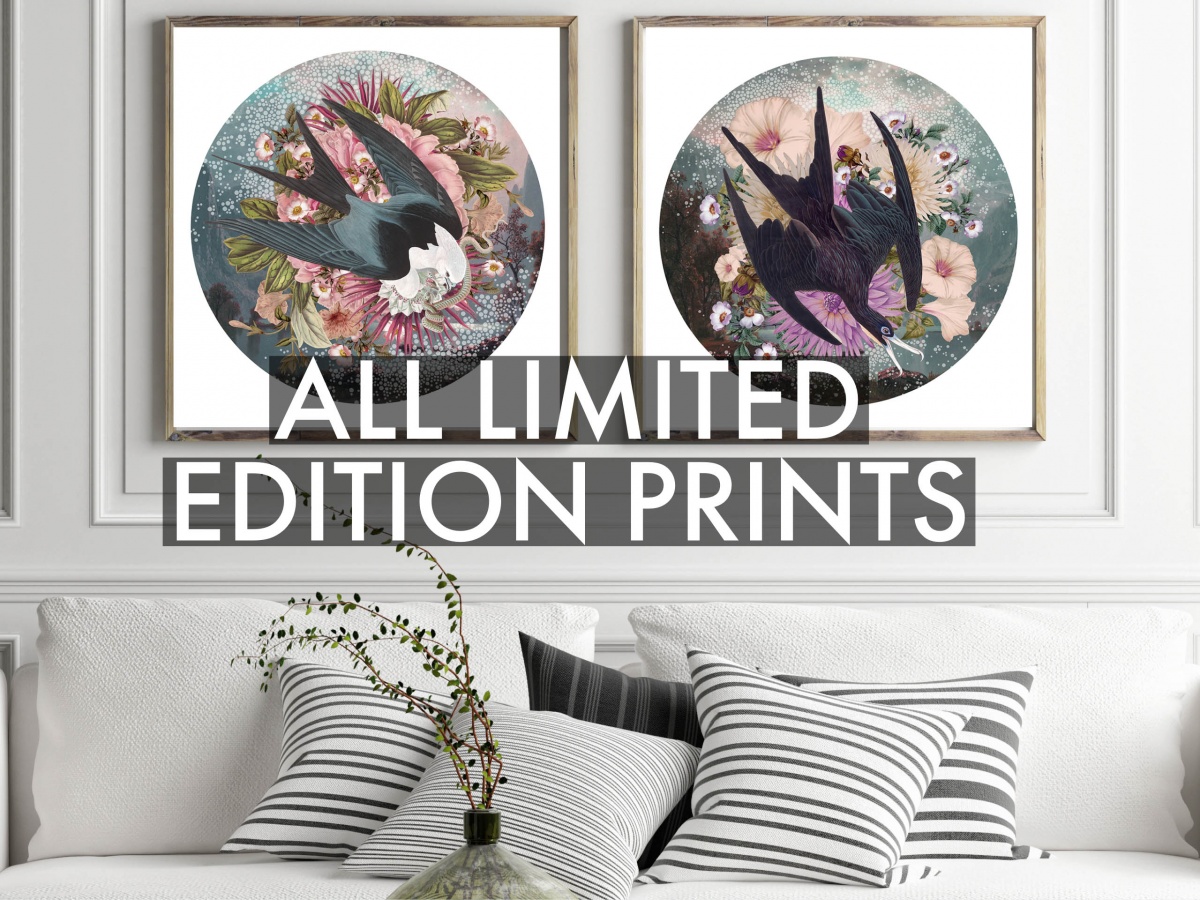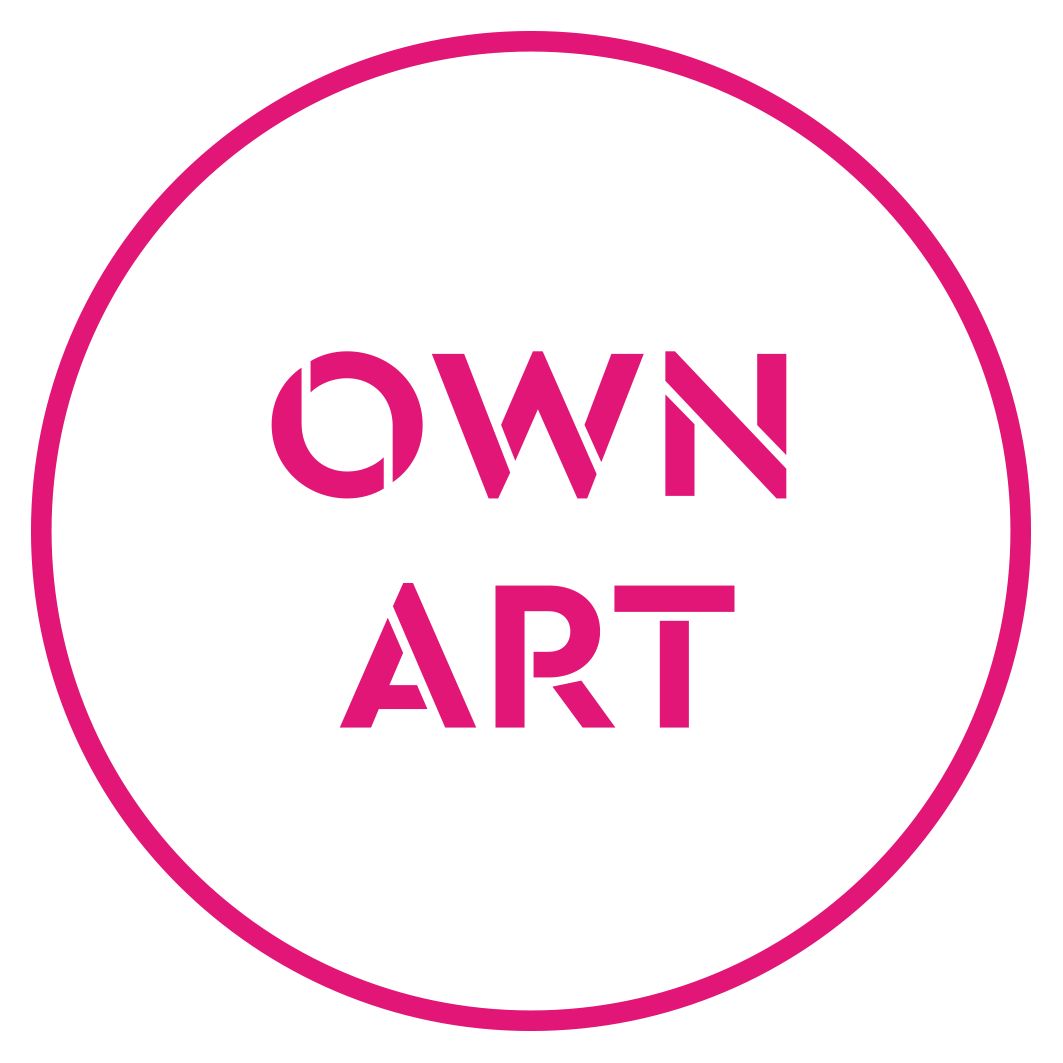Meet the artists that have taken over our Instagram every Thursday in the past month! Showcasing exclusive interviews with Michael Lee, Cody Choi, and Emily Krainc.
MICHAEL LEE
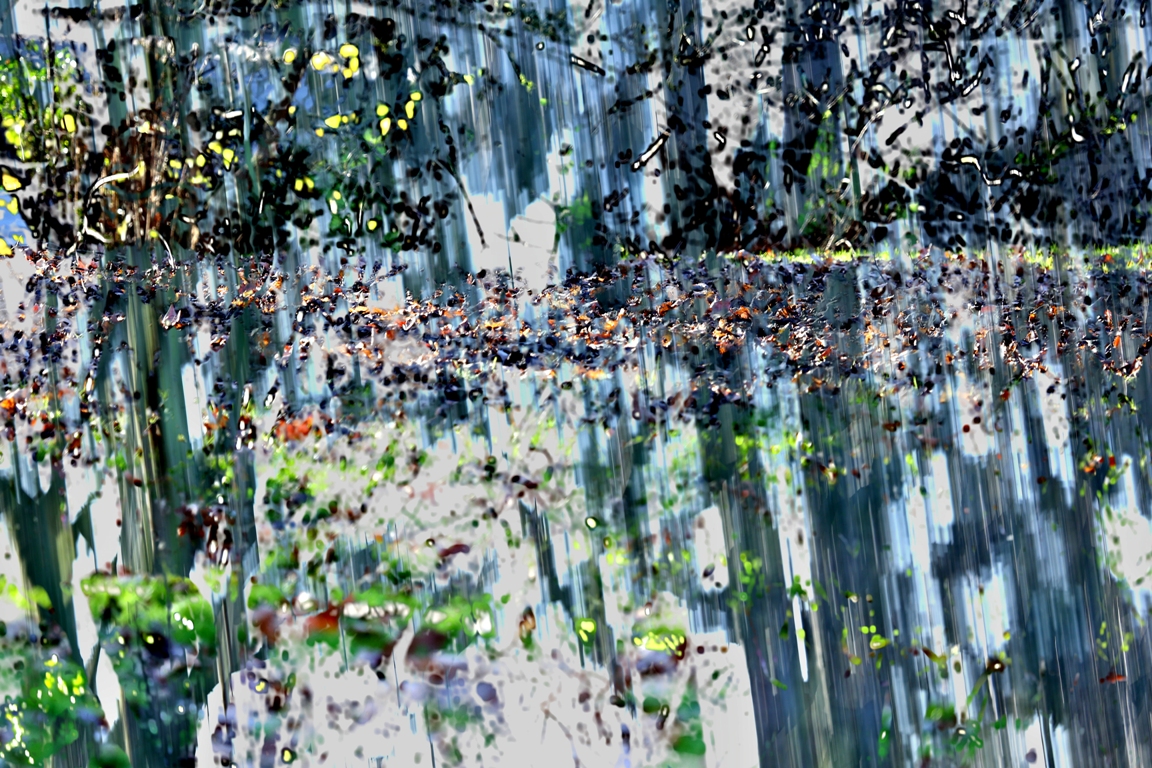
1) Walk me through a typical day in the studio for you?
ML: A standard day will always start with the scintillating task of admin, I need to clear my inbox and lists before I can clear my mind. I’m then free to spend my time on a variety of creative and practical pursuits. Recently, I have had the opportunity to look back with renewed perspective at older work and get it organised!
2) What is something viewers might not know about your work?
ML: These days, I never quite know where a shoot will end up; the light, weather, environment and my own state of mind will determine my path. Opening photos back in the studio inevitably elicits emotions ranging from hyper-elation to sheer despondency. As all my photographs are created in-camera, they are the culmination of performance, intuition, movement and a whole lot of luck!
3) What is the most challenging part of your process as an artist and what is most rewarding?
ML: For me the most challenging part of being an artist is self-promotion and self-management. I absolutely love making work, it’s the business around it that I find so much less of a thrill. In terms of my artistic processes, the constant challenge is treading the line between photographs that appear to be computer generated or the result of pure magic!
4) Is there any advice you have for artists/creators during this difficult time?
ML: Stay strong, we’re nearly there! It’s going to be a wonderful time to be alive when the pandemic is over.
CODY CHOI

1) Walk me through a typical day in the studio for you?
CC: If I have a shoot on the day, I will be arriving earlier and get myself ready to meet the dancers, sometimes also with the makeup artist & costume designer. If I don't have a shoot, I usually pack my artwork, and bring it to the post office for delivery to my clients. I also need to spend time uploading and updating my artworks on my website, social media, and gallery website. And of course preparing upcoming exhibitions and art fairs.
2) What is something viewers might not know about your work?
CC: For most of the dancers in my work, we connected via performing together, taking dance classes together, and some are my dance students. I change my camera gears from time to time, from Nikon D50 to D300, D700, D750 to Leica SL. My favourite lens was Nikon 17-55mm 2.8 to Nikon 24-70mm 2.8 to Leica SL 24-90mm now.
3) What is the most challenging part of your process as an artist and what is most rewarding?
CC: The most challenging part is that I never know what will be the outcome from the shoot, and that is also an interesting part ! The most rewarding thing will be my artwork that can make people feel, think, be happy or inspired.
4) Is there any advice you have for artists/creators during this difficult time?
CC: You can always keep yourself busy as an artist. It is hard for me to create new works during this difficult time, as my work requires space and dancers. We might use this time to focus more on social media, marketing, planning, and also rethink what we really want to do and what we are really good at. I found that stopping doing art for a short period is also helping me, as I will be more focused and might have something new when I'm back to it.

EMILY KRAINC

1) Walk me through a typical day in the studio for you?
EK: I work very quickly, once I'm in the studio I can be working on any number of pieces at once. I like to make my own canvases from scratch, the process of stretching and priming the canvas is very therapeutic. Much like the calm before the storm, then the spontaneous and speedy painting process begins.
2) What is something viewers might not know about your work?
EK: My process for creating an abstract painting comes from abstracting poetry itself. I take phrases, lines or words I am particularly drawn to and take them out of the context of their source material and into the new context by playing with the ideas on the canvas. My work is about the moment, my state of mind both conscious and unconscious, and my thoughts, feelings and emotions around the inspiration. This will then become the title for the piece.
3) What is the most challenging part of your process as an artist and what is most rewarding?
EK: Resolving a canvas can sometimes be a challenge, sometimes they're done very quickly and other times they take a lot of work to get right. It's the most rewarding part when it's done though! I can stand back and look at what I've achieved and that sense of completion is like nothing else.
4) Is there any advice you have for artists/creators during this difficult time?
EK: Don't force it, if you're not feeling very creative some days that's ok give yourself a break and don't punish yourself for it.
